Click below to watch the video
Were David and Solomon real people? What does archeology say
Transcript
Video #18 This is a general transcript of a Dan Gibson video in the series: Archeology and Islam.
Hello, I am Dan Gibson and welcome to another video in the series Archeology and Islam. In this video we are going to look at the archeological evidence for the prophets David and his son Solomon.
Now there are some archeologists, commonly called minimalists, who claim that David and Solomon probably did not exist. For instance, the authors of the book: The Bible Unearthed claim that at the time of the kingdoms of David and Solomon, Jerusalem was populated by only a few hundred residents or less, which is insufficient for an empire stretching from the Euphrates in Syria all the way down to Eilat at the Red Sea. And many people are taken in by their arguments.
Now do you remember what we discussed back in video number fifteen? Abraham, the father of the nations was a nomad. Several generations later the family, known as the children of Israel went to Egypt to escape a famine, and they lived there as nomads, in the land of Goshen, tending cattle and sheep.
They did this for several hundred years. It was only at the very end that they were forced into labor, but their wives and families still lived in tents with the animals. We know this, because they came out of Egypt, and they came with their animals and their tents.
Later, we know that during the time of the exodus, they were still nomads living in tents. (Exodus 12:31-38)
And during the time that they slowly conquered the land Canaan, after they took over Canaan, they were still nomads. They didn’t mind burning and destroying the cities of Canaan, because they lived in tents.
How, there is a story of Heber the Kenite and his tribe who separated themselves from Israel and they moved their tents … indicating he was a tent dwelling nomad. (Judges 4:11-20)
Some of the Canaanite tribes that they absorbed became hewers of wood, and carriers of water. Note that none of these captives became hewers of stone or haulers of stone. (Joshua 9:27)
Do you know what it says in Judges 4 about Deborah the ruler of Israel? She judged from under a tree… typical of a nomad. (Judges 4:5)
In Judges four, there is a story of Sesera fleeing from his enemies, and he runs to the tent of Heber, and Heber’s wife kills him with a tent peg. (Judges 4:17-21)
During the time of Gideon, the armies returned home from battle to their tents. That’s in Judges 7:8.
There was constant strife between the Israelites in their tents, and the city dwellers, who are illustrated in the story of the Benjaminite concubine. Here it also mentions that Israel lived in tents implying that the city is evil. (Judges 20:9)
During the time of Samuel, the people lived in tents. (I Samuel 4:10)
Now some settlements seem to come with the crowning of King Saul. King Saul was appointed first when he was appointed as king, and so he had to build up his army and, so there was some settlement of people. But remember, this was after 1000 years for the children of Israel being nomads.
We know that King David was a pastoralist in his youth. He was out in the fields looking after flocks of sheep and goats. (1 Samuel 17:15)
Notice that there are many references to the cities of the Philistines There are references to the cities of Canaan, but there are very few references to any cities of Israel outside of the cities of refuge, which were actually small towns with walls, not great cities.
However, as the Israelites begin to settle, they slowly become more settled, and at the same time they slowly become more and more involved with the gods of the settled people.
So from all this, I believe that David’s empire was a nomadic empire. But, some people argue, nomads could never have had an empire so large. How could they administrate it?
Well, think of the Mongol empire. It was much larger. And it was administrated by the mobile base where the leader, the Khan was located. And so wherever the Khan was, that’s where the administration was. Also consider the Sioux Nation in North America, which was also larger than that of David and Solomon’s empire.
So please do not make a big thing of this… They were too small, not enough buildings. The majority of the people lived in tents. There were some stone walled or just walled walls. In 2 Samuel 22:20 we read that Sheba the son of Bichri rebelled against King David and then escaped to the town of Abel of Beth-maachaha.
Listen to what it says about the town: “And they cut off the head of Sheba the son of Bichri, and cast it out to Joab. And he blew a trumpet, and they retired from the city, every man to his tent. And Joab returned to Jerusalem to King David.”
Now what might the town like Beth-maachaha might have looked like? I have visited many ruins of towns from this time period in Jordan. What is interesting is how the town is constructed. It is similar to some of the walled houses I saw in Yemen. In most cases it had a central courtyard, with all the houses built around the courtyard, and the outer walls of the houses were joined together to form the outer wall.
Now what confuses some people, is that here in 2 Samuel they read that Abel of Beth-maachaha was a city. The word used here ‘iyr (‘iyr עִיר ) which can be translated as a city, a fortified height, or even a mere encampment. The emphasis is on a guarded place, not its size. But in the west, the word city; which is the word that the translators chose, implies a certain size. Here in Canada we start with hamlets, then villages, then towns and then cities.
Unfortunately the translators of the Bible chose to use the term city… which has falsely given us a sense of size. In actuality it was probably a group of houses with the outer walls joined together in a circle.
In this story, the army is outside the village. Here is what it says: “And they cut off the head of Sheba the son of Bichri, and cast it out to Joab. And he blows the trumpet, they retired from the city, ‘iyr, the fortified height, and every man to his tent. And Joab returned to Jerusalem. Notice the terms: “’iyer or fortified height, not a great city with walls, but a group of “houses joined together.”
Also notice that Joab the leader of the army goes back to Jerusalem to King David, and the rest of the people return to where? To their tents!
For far too long, people have gotten their ideas of history from artists who drew pictures. Those artists lived in the west. Often they didn’t have any cultural background, and they drew pictures that would make sense to the settled people that they were drawing to, that was their audience, and people who would buy their pictures and so forth.
Remember, King David had no city. In his whole kingdom there was no city large enough for his capital city… so he took it from the Jebusites. That was a tribe that occupied a fortified area on the top of a mountain ridge. So David brought his fighting men, and they conquered the city. This story is in I Chronicles chapter 11. And the people in Israel were still living in tents! Imagine David has to conquer a fortified area from another tribe in order to have a place where he could have a capital city. There is no place in all of Israel, that he could find, that are large enough. Everything we read here speaks to us of semi-settled nomads. Yes, a great Empire, but semi-settled nomads. Even after David had a capital city it says there that he built himself a house, and it is a notable event in the Biblical record… but the temple of God is still a tent. (I Chronicles chapter 15)
And so, when people read books like The Bible Unearthed they hear all the arguments about it being impossible that King David had a great city, and they agree and then they think that this proves that David and Solomon did not exist. It is all because they too are expecting a great city, and they are expecting a great empire. They are not thinking like nomads, they are thinking like settled people.
There is no great city with great monuments and great buildings; that doesn’t exist, but this does not mean that there weren’t rulers; it doesn’t mean that the empire didn’t exist.
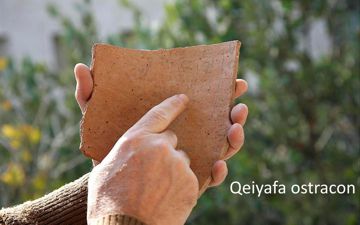
Qeiyafa Ostracon
Listen, there is a piece of pottery, known as the Qeiyafa ostracon in the Institute of Archeology in Tel Aviv. It contains quote from Leviticus and also 1 Samuel.
This pottery is dated from 1010 +/- 40 BC. It has been carefully dated, and it is written in old Hebrew. On the pottery it mentions that the men and tribal chiefs had established a king. Notice the date: 1000 BC, the very time of Saul and David became king. Notice the language: old Hebrew. While it doesn’t mention Saul, David or Solomon by name, it refers to a Hebrew king, at exactly the right time in history. This flies in the face of the minimalists, who want to tell us that there was no king, and in fact there was no empire, and maybe there wasn’t any Hebrew people at this time.
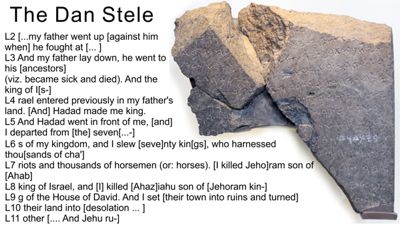
The Dan Stele
Now let’s move to the Dan Stele. This seems to be written by Hazeil who assassinated Ben-Hadad, the King of Aram in Damascus and then assassinated Jehoram, the son of Ahab King of Israel, of the House of David. But our minimalist friends will try and explain it away; claiming that it cannot mean what it seems to say.
Since we know that David never existed, then there must be another explanation. Somebody else will say that the Bible was written even after that time, so it couldn’t have happened. But there it is, in stone; names of kings and names of people in Israel.
Now another piece of evidence comes from several archeological digs that have taken place in Jerusalem. In 2005 Dr. Eilat Mazar, who was digging in Jerusalem near the Temple Mount, came across the foundations of several large structures that date to the time of King David. This structure would have stood for many generations afterward.
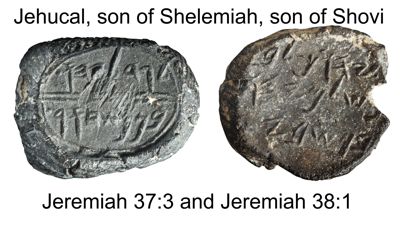
Indeed within the structure, she found a small clay seal (called a “bulla”) bearing in ancient Hebrew lettering with the name Yehucal, son of Shelemiah, son of Shovi. This is interesting, because this seal is of an Israelite official and he is mentioned twice in the Bible. This is pictured on the right. Then in 2008 she found a second bulla only a few meters away from the first, belonging to Gedaliah, son of Pashur, who is mentioned as a high-ranking official in Jeremiah 38. That’s the seal on the left.
In 2010, excavators revealed a giant wall more than 220 feet long, and almost 20 ft high. Dr. Mazar believes that this is the wall described in 1 Kings chapter 3 which says that Solomon built a wall around Jerusalem and connected the City of David with Solomon’s Temple. Inside the gate, Mazar’s team found large clay jars which were for holding grain and jar handles whose seals were inscribed “to the King”.
Carbon dating at the site and of the pottery jars date to the 10th century BC, when Solomon was King.
Now, why can’t we find a lot more evidence? Well, first of all, archeological digs are slow and tedious, and take a great deal of time. They go very carefully. Second there are a limited number of archeologists who can direct digs. Third, most of Jerusalem is covered with buildings, roads, and other structures. Almost everything is covered over. And fourth, the city was destroyed several times, so anytime we do come and dig, what we find are the ruins of destruction and bits and pieces that are left afterwards.
Another problem that archeologist face, is that early researchers sometimes made sensational announcements. A good example is an announcement made by Nelson Glueck, the American rabbi and archaeologist when he announced that he had located Solomon’s mines in Wadi Arabah in a place called Timna. These mines, however, weren’t filled with gold-they were extensive copper-smelting plants. Glueck countered that maybe this was the true source of Solomon’s wealth.
However, unable to connect archaeological evidence to biblical accounts, modern historians soon began to doubt Glueck’s connection of Solomon to that region’s copper production. For the past few decades, conventional wisdom among archeologists and historians, has held that the ancient Egyptians built most of those mines in the region during the 13th century B.C., a theory that was supported by the discovery of an Egyptian temple at the complex back in 1969. So conventional wisdom scoffed at the idea of Solomon’s mines, with many scholars suggesting that they were just figments of people’s imaginations. This was taught in universities everywhere, and is still taught in some of them today. David and Solomon? Probably didn’t exist. No proof.
Then in 2013 archaeologist Erez Ben-Yosef began a fresh set of excavations, this time at what is known as Slave’s Hill. This was down near those copper mines.
This area is a massive smelting camp containing the remains of hundreds of furnaces and layers of copper slag, the waste which was created during the smelting process.
In addition to the furnaces, the researchers uncovered clothing, fabrics, ropes, that were used there made in advanced ways, weaving. They discovered food, like dates, grapes, and pistachios. And there were lots of ceramics; plus different kinds of metal tools, as well as animal dung.
So lots of stuff was sent over to England to the world-renowned Oxford Radiocarbon Accelerator Unit, at the University of Oxford, in England, and they dated 11 of the items to the 10th century BC, when according to the Bible is when King Solomon ruled the United Kingdoms of Israel.
The Slaves’ Hill dig, demonstrates that the society in Timna Valley was surprisingly complex. The smelting technology was relatively advanced and the layout of the camp reflected a high level of social organization. Impressive cooperation would have been required for the thousands of people that were working in that place, in the middle of the desert. What is not clear is who owned the mines, and what sorts of labour were used there, when. It appears that there were Hebrews there, there were Egyptians there, there were also Edomites there and others involved there over the years. But who was there when, and how does it fit together? Archeologists need to put more things together to get a clearer picture.
But one thing is clear, the mines in Timna Valley were going strong during the time that David and his son Solomon were kings of United Israel.
Now, David and Solomon are important in Islam, as they were both kings as well as people who received revelation or guidance. (Qur’an 4:163, 6:84)
They also both received what the Qur’an calls wisdom and knowledge from God. (Qur’an 21:79; 21:79; 27:15)
In the Qur’an God made David a khalīfa, a title that the Quran otherwise gives only to Adam. (Khalīfa 7:33, Qur’an 38:26 Adam Qur’an 2:20)
David and Solomon’s role as Kings as well as Messengers, a united role is important in the Qur’an, (17:40) as its important in the Qur’an (17:45) this parallels Muhammad’s role as a ruler as well as a messenger. (17.52)
It is through David that we have the Psalms, called the Zabour. The book of Psalms is among the largest books in the Bible.
Solomon is also more than a king, he is also a messenger of God, and he brings the books of Wisdom, such as the Book of Proverbs, and the Song of Solomon, and the book Ecclesiastes and so forth.
In many ways David and Solomon also are important to the Jewish people, who know them as kings during what they call the “United Kingdom Period.” And that’s when Israel looks back, when they were a great nation.
David and Solomon are also important to Christians. Christians especially look to David, because God gave him a promise. You see, Christians are always interested in the ways that God revealed who the Messiah would be.
The Messiah concept was given to Adam and Eve. Later it was narrowed down to the descendants of Abraham, as Abraham was chosen and from him was a promise that out of his line would come the Messiah.
Much later God gives a similar promise to David. The Messiah would come through his line. This keeps narrowing down the focus. Abraham and now down to David so that when the Messiah came, he would be clearly identifiable.
This is something that Christians are interested in. And it is something that appears in the Bible, in the message of each of the prophets. Each prophet spoke out against sin and spoke out against evil; each prophet called the people to follow God, and each of them, in their own way, added something to the information that would help future people be able to identify the coming Messiah.
And so David and Solomon are important to people of faith, both Muslims, Jews and Christians.
I am Dan Gibson, and this has been another video in the series Archeology and Islam.
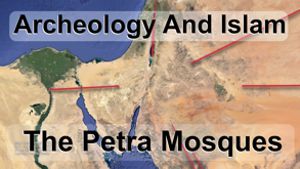
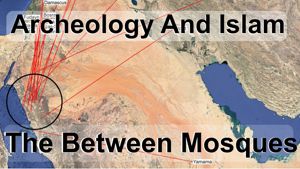
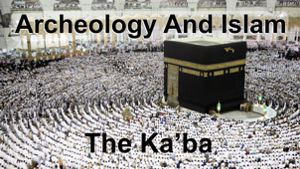
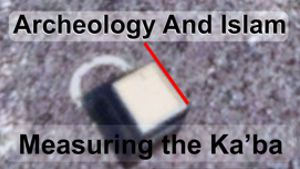

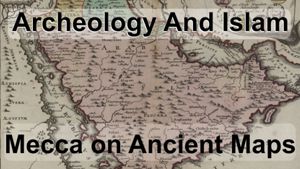
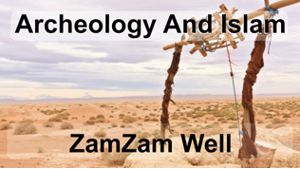
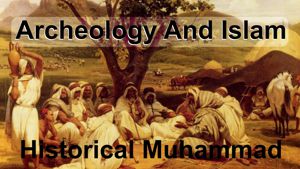
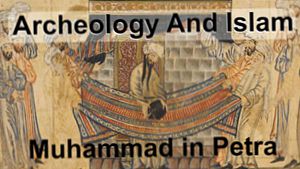
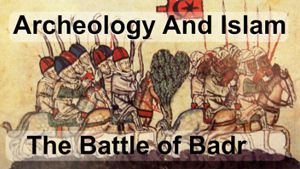
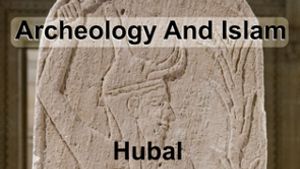
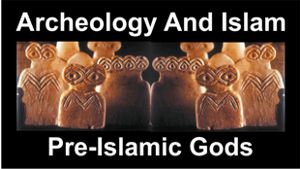
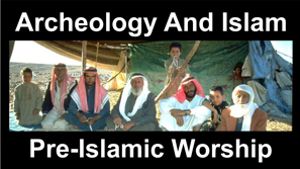

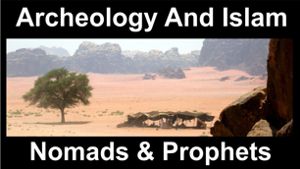
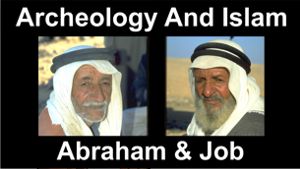
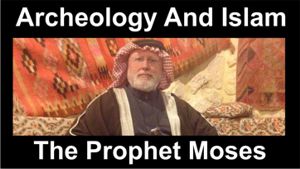
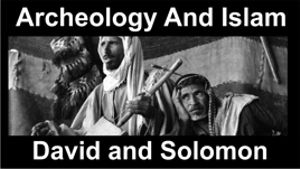

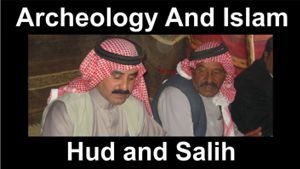
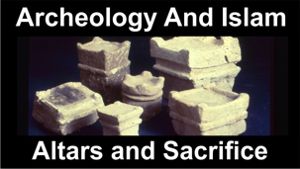
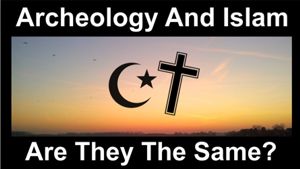
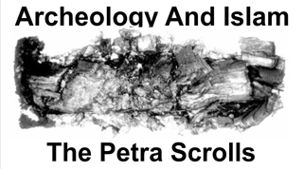
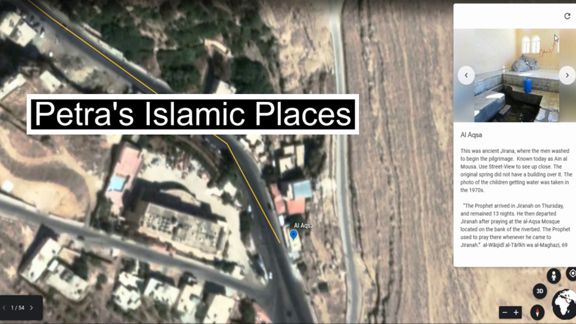

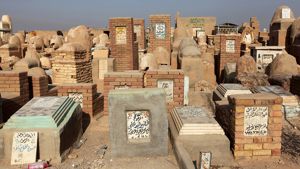
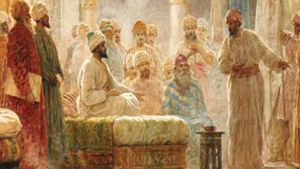
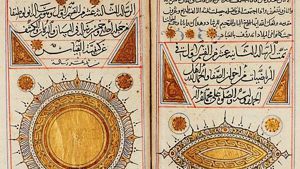
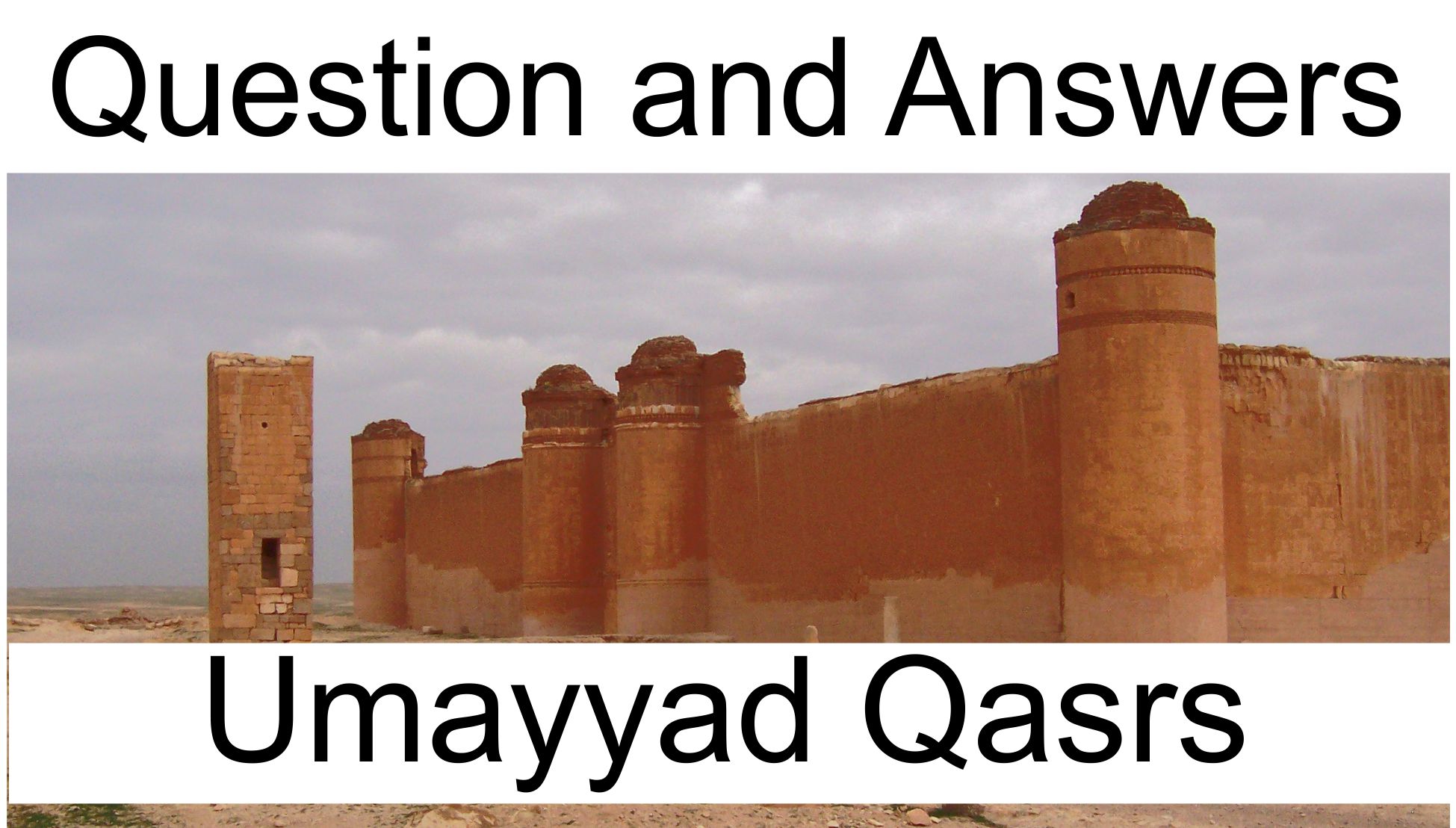
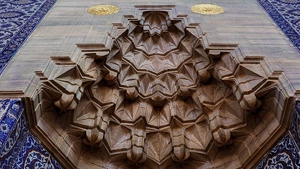
Page Discussion
Membership is required to comment. Membership is free of charge and available to everyone over the age of 16. Just click SignUp, or make a comment below. You will need a user name and a password. The system will automatically send a code to your email address. It should arrive in a few minutes. Enter the code, and you are finished.
Members who post adverts or use inappropriate language or make disrespectful comments will have their membership removed and be barred from the site. By becoming a member you agree to our Terms of Use and our Privacy, Cookies & Ad Policies. Remember that we will never, under any circumstances, sell or give your email address or private information to anyone unless required by law. Please keep your comments on topic. Thanks!